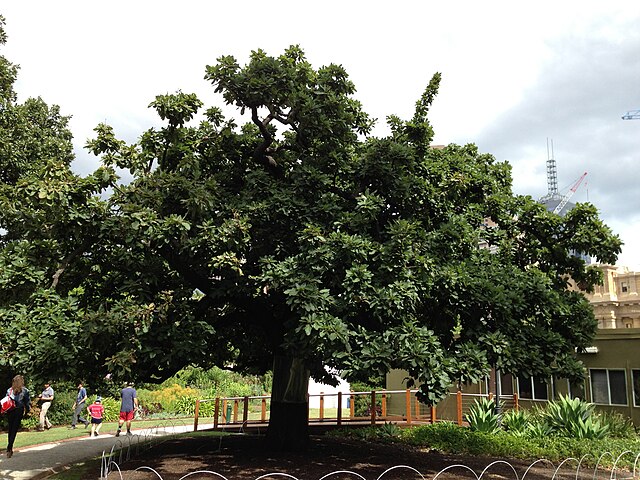Federation architecture is the architectural style in Australia that was prevalent from around 1890 to 1915. The name refers to the Federation of Australia on 1 January 1901, when the British colonies of Australia collectively became the Commonwealth of Australia.
Caerleon, located in Bellevue Hill, New South Wales, was the first Queen Anne-style home in Australia. It is listed on the Register of the National Estate.
Caerleon, Bellevue Hill, New South Wales, first Queen Anne home in Australia
Amesbury, Ashfield, New South Wales. Built c. 1888.
Hillcrest, Launceston, Tasmania
The Federation of Australia was the process by which the six separate British self-governing colonies of Queensland, New South Wales, Victoria, Tasmania, South Australia, and Western Australia agreed to unite and form the Commonwealth of Australia, establishing a system of federalism in Australia. The colonies of Fiji and New Zealand were originally part of this process, but they decided not to join the federation. Following federation, the six colonies that united to form the Commonwealth of Australia as states kept the systems of government that they had developed as separate colonies, but they also agreed to have a federal government that was responsible for matters concerning the whole nation. When the Constitution of Australia came into force, on 1 January 1901, the colonies collectively became states of the Commonwealth of Australia.

The Sydney Town Hall illuminated in celebratory lights and fireworks marking the Inauguration of the Commonwealth of Australia, 1901. The sign reads One people, one destiny.
Governor of Queensland Lord Lamington reading the Queen's proclamation on Federation in Brisbane
Published in 1888 this cartoon depicts the anti-Chinese sentiment that was one of the driving forces behind the push for federation.
The Federal Oak in the gardens of the Victorian Parliament House in Melbourne. The tree was planted in 1890 by Sir Henry Parkes to commemorate the meeting of the Australian Federal Conference.








